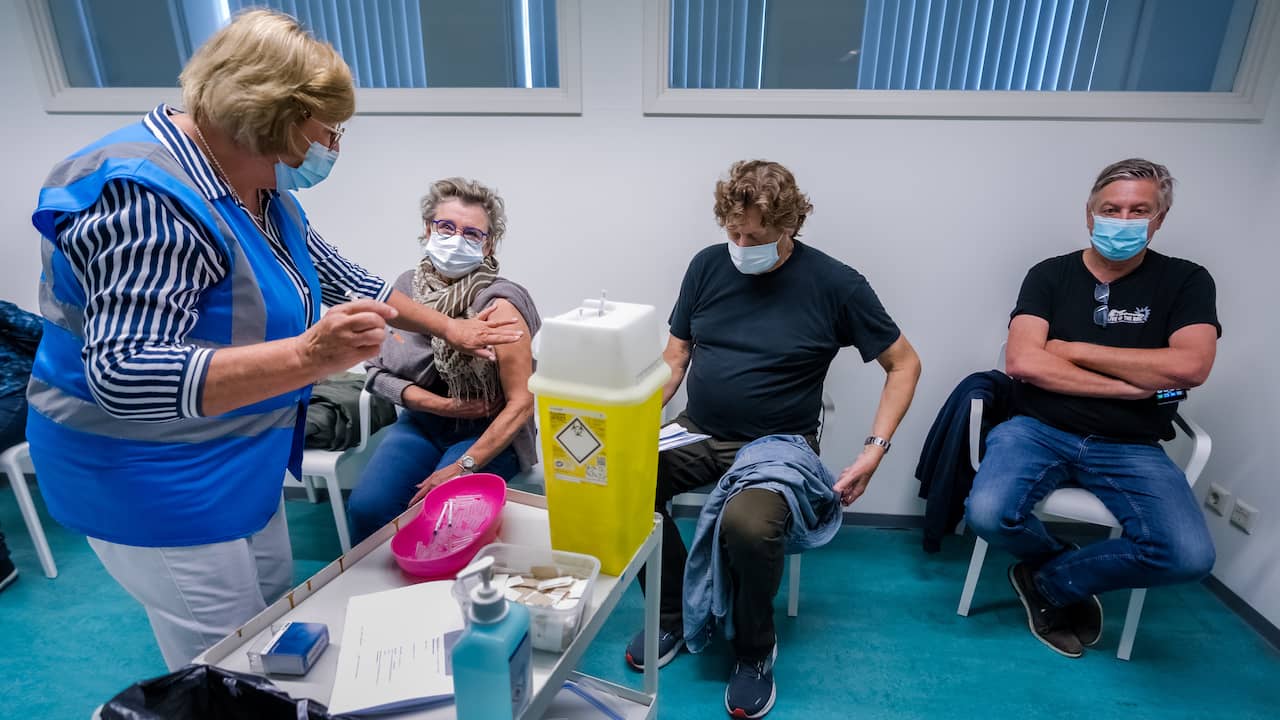The corona thermometer, with which the government monitors the corona virus, has fallen to its lowest possible level. The RIVM believes this is possible, because data on contamination remains low. Two subvariants of omikron are emerging, but they are no cause for concern. As a result, the pressure on healthcare and society remains within bounds.
Lowering the thermometer has no consequences for the corona measures, because there are no restrictions on relaxing. Advice, such as washing hands and staying at home with complaints, will continue to apply. The corona thermometer was introduced in September as a successor to the risk levels. The thermometer has four positions: low, high, high and very high.
On October 11, the alert level was raised for the first time, from low to high. This was because the number of infections rose rapidly and because vulnerable groups were most at risk. Two weeks ago, RIVM kept the thermometer ‘up’ for the emergence of a new subvariant of the virus.
RIVM recorded 5,417 positive tests in the last week. This is the lowest number since the end of June last year. Last week, the institute reported 6,077 confirmed infections. The number of cases has dropped by more than 10% in one week.
There are also fewer people who have been hospitalized due to their corona complaints. In the past week, 254 people have ended up in hospital due to their infection, the lowest number since the beginning of September. In one week, the number of hospitalizations dropped by more than a quarter.
According to the RIVM, two versions of the omikron variant are emerging. They have the scientific names BQ.1 and XBB. The first of these may soon become dominant. The versions are no more pathogenic than previous variants, says the RIVM.

